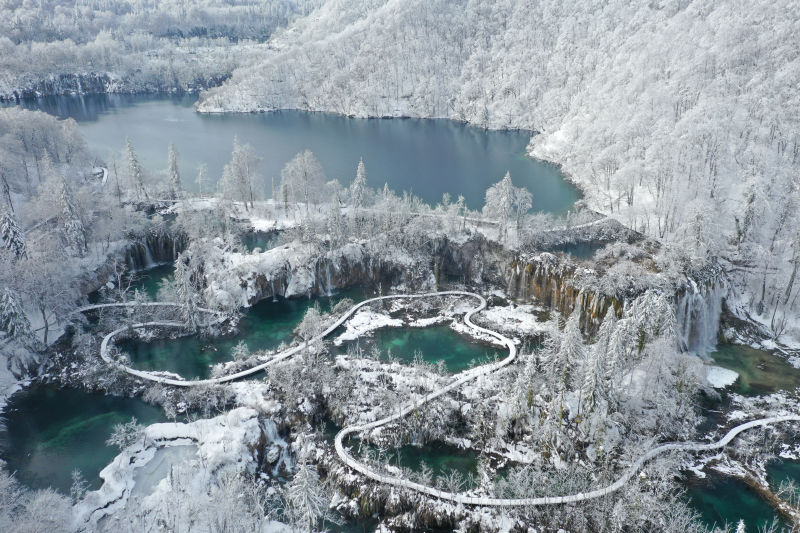Kashan gastronomy - rose water and camel stew
- Vedran Obućina

- Oct 31, 2018
- 4 min read

By European standards, there is nothing worth a half-day trip to the waterfalls of Niasar, close to Kashan, but there is another well reason why you should go there. This is golab country (golāb in Persian means simply rosewater) and a place of its production. Golab is among the finest products from Iran and an ingredient of many Iranian sweets. In Iranian month of Ordibehesht, in middle of spring (so beloved that Iran is sometimes called Baharestan – the land of spring), many would come to Kashan, Niasar, Ghamsar and other places around Kashan to take part in Golab-giri, a festival of making golab. Roses are usually picked between early May and mid-June. Because of the perfect climatic situation of Niasar, most farmlands here are being used for planting roses, which is also the main source of income for local people.

At this time one can see every step of making the rosewater. Delicate fragrance of roses is felt on every corner of these towns, as much as it is felt in various Iranian dishes. Sometimes the flowers are put into the tea as a decoration (chāy-e mohammadi) and you might even feel this scent when speaking with religious persons, as they put rose perfume, as the rose is highly symbolic in Shi’a Islam. Even the famous French perfume town of Grasse buys golab from Iran! The rose flowers are harvested in fields and traditionally they are distilled. This is still considered to be the best rosewater Iran has, in comparison to factory produces one. Not any rose is good for this. Only a very sweet smelling roses, known in Iran as gol-e mohammadi and in the world as Damascus rose, are used.

Rose petals are put into the massive copper pots which may be seen in front of every golab shop or splendidly close to the Niasar waterfall. Then the pots are put on traditional brick, stone and mud oven. The slower the process and steadier the fire is, the better quality of golab is guaranteed. One needs some 30 kg of rose petals and 80 litres of water in a pot, which is connected to metal pipes for the steam. The waste is then used for feeding livestock or composting. Final product is rose oil and rosewater. A saleswoman in a golab shop in Kashan told us these products also have many therapeutic benefits, such as in cases of stress, depression, problems with digestion and skin. Thousands of different bottles of golab can be found all over the country and its scent is felt in every sweet dish in Iran. Obviously, you have to love it or otherwise no dessert for you!
Before desserts, though, one must have a dinner. In Kashan we have visited the famous Abbasi restaurant. It is situated in the Abbasian traditional house, in the historical neighbourhood of Soltan Amir Ahmad. Even before it was a guesthouse, among the first in Kashan. Upon arrival, you will see several daybeds where you can sit cross-legged in traditional local style. You will be immediately asked where are you from, but not to determine the depth of your wallet. Rather, the owner has flags of every country imaginable and very soon your daybed will be adorned with your national colours.
It is really a beautiful place to have dinner in, with inner pond and Iranian classical music in the background. At the same time, the food is nothing greatly spectacular or special to this place. We had several kababs with rice, but the restaurant also offers special kinds of dizi and kashke bademjoon. However, the highlight of Abbasi is the camel stew. It has a mild and soft taste, soaked in the tomato sauce with herbs and spices. Additional plate of saffron rose is more than welcomed to combine the flavours, as well as doogh. You might also opt for the classical way how Iranians eat olives. They come combined with a walnut paste and some herbs and have a very special nutty taste. If you go to Maranjab desert after you had a dinner in Abbasi restaurant, don’t look at the camels in the eyes!
Abbasi will astonish you also with their traditional ice cream (bastani-ye sonnati). It is a very special and cherished Iranian gastronomy invention. It is made of milk, eggs, sugar, rosewater, saffron, vanilla and pistachios, and thus carries very Iranian flavours. In Abbasi, the bastani is even more special as the rosewater comes from the area and is often distilled, making its flavour even more specific. In summer, many Iranians opt for faloodeh, a type of ice cream made from rosewater and vermicelli, which was later adopted by the Arabs as well. We know from historical records that bastani and faloodeh are very old desserts as Alexander the Great enjoyed them on his way through Persia. There is also a third traditional ice cream favoured by Iranians – havij bastani. It is a mixture of carrot juice made into an ice cream float and sometimes garnished with some spices like cinnamon.
Kashan offers various homemade flavours worthy of exploring! This trip was suggested by the Land of Turqoise Domes travel agency.
Photos by: Andrea Seifert, Mint Media








Comments